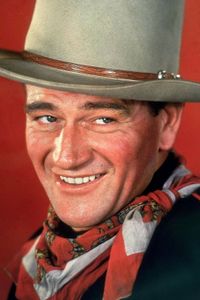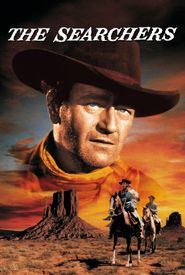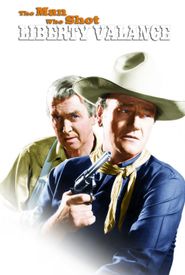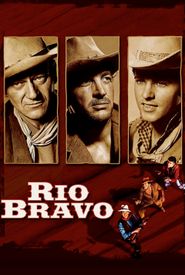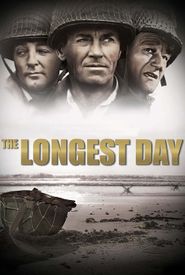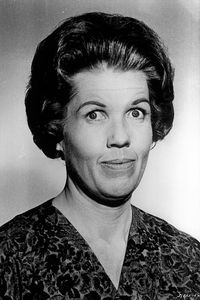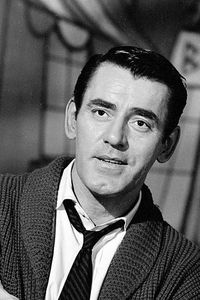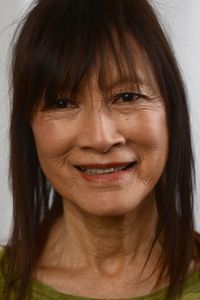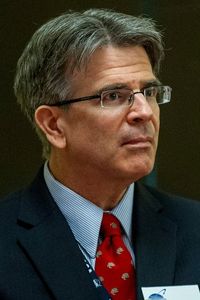John Wayne's early life began in Iowa, where he was born Marion Robert Morrison to Mary Alberta (Brown) and Clyde Leonard Morrison, a pharmacist, of English, Scottish, Ulster-Scots, and Irish ancestry. Due to his father's lung condition, the family relocated to the warmer climate of southern California, where they attempted ranching in the Mojave Desert. Until the ranch failed, John and his younger brother Robert E. Morrison swam in an irrigation ditch and rode a horse to school. After the ranch's failure, the family moved to Glendale, California, where John delivered medicines for his father, sold newspapers, and had an Airedale dog named "Duke", which would later become the source of his nickname.
John did well in school, both academically and in football, and after narrowly missing admission to Annapolis, he attended the University of Southern California on a football scholarship from 1925 to 1927. He got a summer job as a propman on a film set, which led to him becoming close friends with director John Ford and doing bit parts, some of which were billed under his own name.
After more than 70 low-budget westerns and adventures, mostly routine, John Wayne's career was stuck in a rut until Ford cast him in Stagecoach in 1939, the movie that catapulted him to stardom. He went on to appear in nearly 250 movies, many of which were epic in scope. During the 1940s, he was involved in a radio series and helped found the Motion Picture Alliance for the Preservation of American Ideals, a Conservative political organization, later becoming its President.
John's conservative political stance was also reflected in his work, particularly in The Alamo in 1960, which he produced, directed, and starred in. He was also involved in The Green Berets in 1968, which he co-directed and starred in. Over the years, John was plagued by health problems, including the removal of a cancerous left lung in 1964, heart valve replacement surgery in 1978, and the removal of his stomach in 1979.
Despite these challenges, John continued to work in the film industry, receiving a Best Actor nomination for Sands of Iwo Jima in 1949 and finally winning the Oscar for his role as one-eyed Rooster Cogburn in True Grit in 1969. He was also awarded a Congressional Gold Medal in 1979. John is perhaps best remembered for his parts in Ford's cavalry trilogy, including Fort Apache, She Wore a Yellow Ribbon, and Rio Grande.
